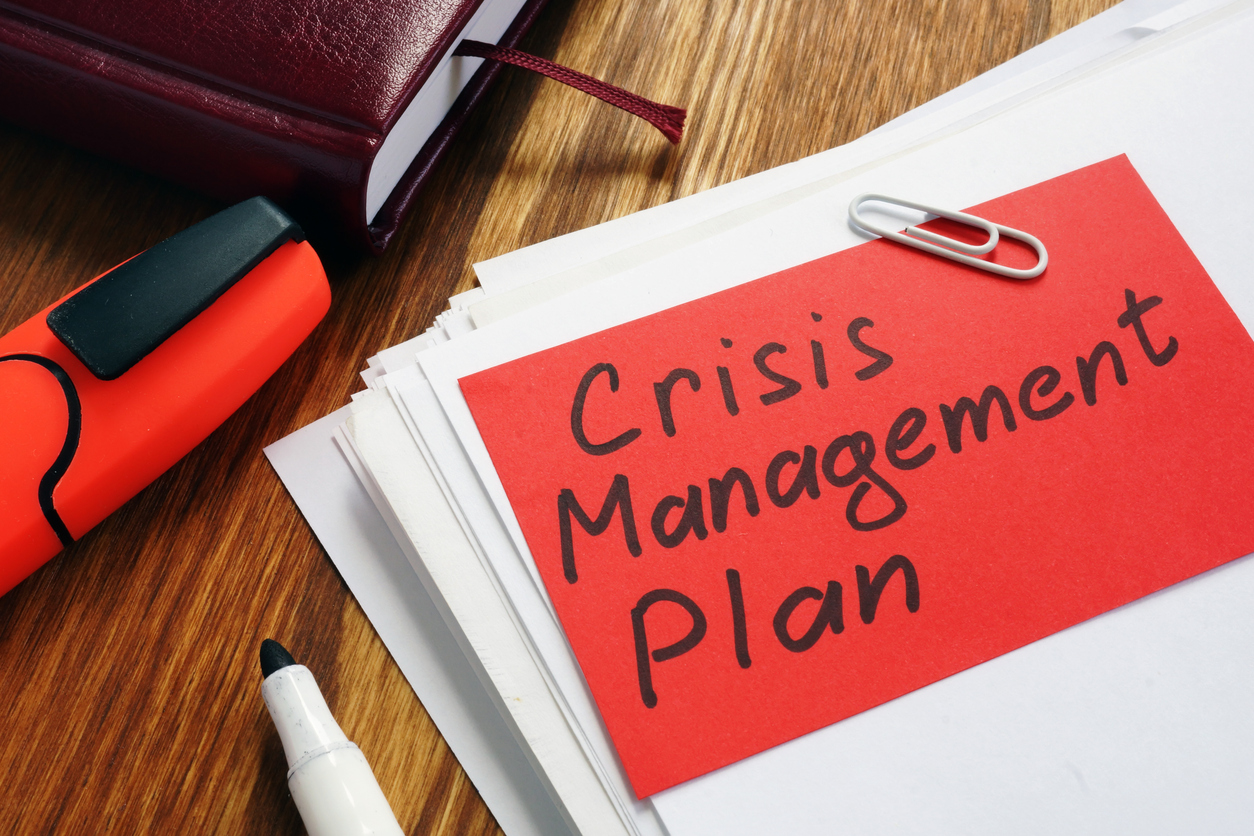In a world where disruption is inevitable—from economic turbulence to climate volatility and global health emergencies—resilient leadership has emerged as a defining characteristic of long-term business success. Forward-thinking CEOs are investing in every form of preparedness, from risk mitigation plans to crisis communication strategies. Interestingly, even practical programs like Calgary First Aid Training are making their way into boardroom conversations, serving as a powerful metaphor—and mechanism—for building calm, capable, and confident executive teams.
Leadership Is No Longer Just About Growth—It’s About Endurance
The traditional CEO profile has evolved. While revenue growth, innovation, and operational efficiency remain essential, resilience is now viewed as the trait that underpins all others. The ability to withstand shocks, lead through uncertainty, and inspire stability in moments of chaos has become a hallmark of modern leadership.
Executives are no longer judged solely by how they perform in ideal conditions. Instead, they’re increasingly assessed by how well they pivot under pressure. How do they react when a market collapses? How quickly can they reconfigure when supply chains falter? Can they hold a company together during a global health scare or digital infrastructure breach?
Resilient CEOs don’t just survive disruption—they lead through it.
The Business Case for Resilience: Why CEOs Can’t Ignore It
When leaders invest in resilience, the return is tangible. Studies have shown that companies with established crisis preparedness strategies recover faster after setbacks, experience lower employee turnover during crises, and maintain higher levels of investor confidence.
In fact:
- Organizations with high resilience scores outperform their competitors by 20% during downturns, according to McKinsey.
- 72% of employees say they trust leadership more when they feel the company is crisis-ready.
- Resilience-focused firms often experience faster innovation cycles because they’re structured to adapt rather than resist change.
Simply put: resilience improves both morale and market performance.
Building Crisis-Ready Executive Teams
For resilience to permeate an organization, it must start at the top. Here are four strategic pillars CEOs can adopt to cultivate readiness across their leadership teams:
- Scenario-Based Executive Training
Simulated crises—such as cybersecurity breaches, supply chain breakdowns, or regulatory upheaval—allow executives to practice decision-making under pressure. These scenarios help sharpen instincts and establish pre-set roles for emergencies.
- Empowerment Through Cross-Training
Leaders must not operate in silos. Encouraging cross-functional learning—such as having a CFO understand basic operational logistics or a COO explore brand risk—ensures that no single leader becomes a bottleneck during crises.
- Mental Agility & Wellness Investment
Burnout is the enemy of resilience. CEOs are beginning to treat emotional fitness as seriously as financial fitness. This includes access to executive coaching, mindfulness programs, and leadership sabbaticals for long-term clarity.
- Visible Commitment to Preparedness
When a CEO participates in training—whether it’s media coaching, emergency response simulations, or wellness retreats—it sends a message: resilience matters here. That mindset cascades across the organization.
Embedding Resilience Into Company Culture
Resilient organizations think long-term. They don’t treat crisis response as a reactive mechanism, but as part of a broader cultural framework. They create safe spaces for experimentation, reward adaptability, and empower mid-level managers to act swiftly when escalation is needed.
From an operational standpoint, this may look like:
- Diversifying suppliers and revenue streams
- Decentralizing decision-making
- Rewriting SOPs with flexibility in mind
- Creating communication protocols for both internal and external stakeholders
From a people perspective, it involves:
- Psychological safety
- Transparent communication
- Recognition of initiative during times of stress
What CEOs Can Do Today
If you’re a CEO looking to build resilience into your leadership framework, here’s a practical starting point:
- Audit your executive team’s preparedness level.
- Invest in leadership development that goes beyond spreadsheets—think adaptability, ethics, and endurance.
- Integrate scenario planning into your board meetings.
- Practice visible commitment—take part in the training you expect your team to value.
- Redefine success not as perfection, but as responsiveness.
Final Thoughts
The future belongs to those who are not just bold, but also prepared. CEOs who embrace resilience as a strategic imperative position their companies to navigate the inevitable storms of modern business. Whether it’s safeguarding talent, retaining customers during tough times, or responding to a public health emergency, crisis-ready leadership is no longer optional—it’s essential.
Resilience doesn’t just help you survive. It helps you lead the way forward.











